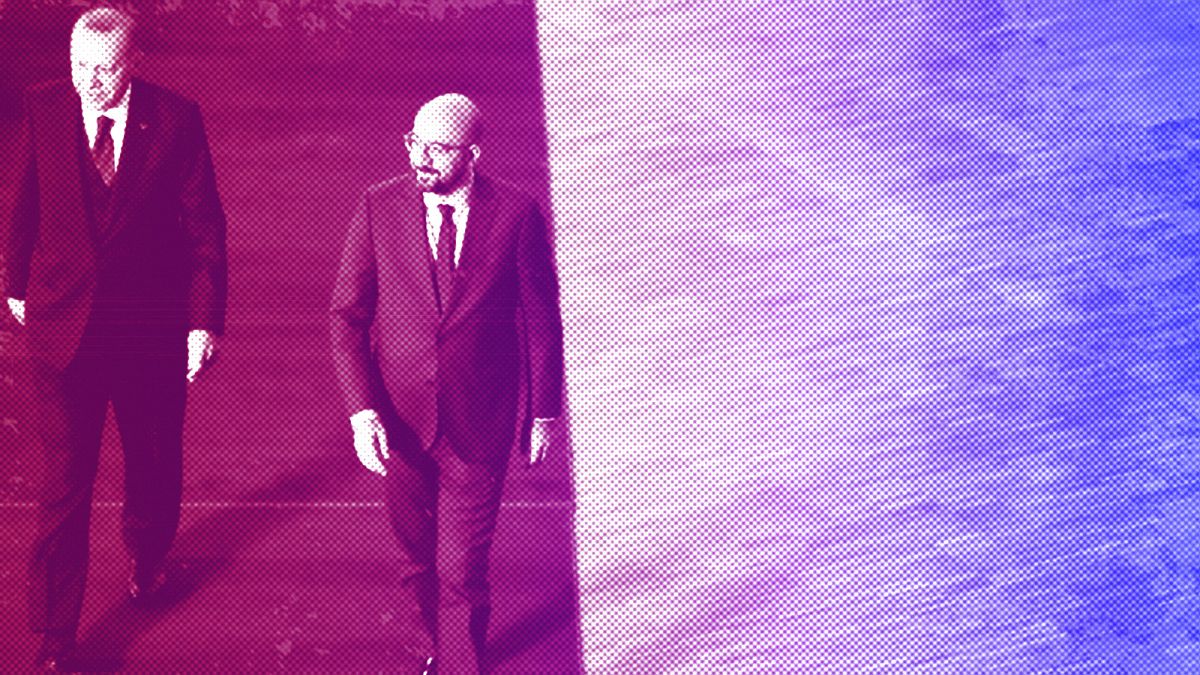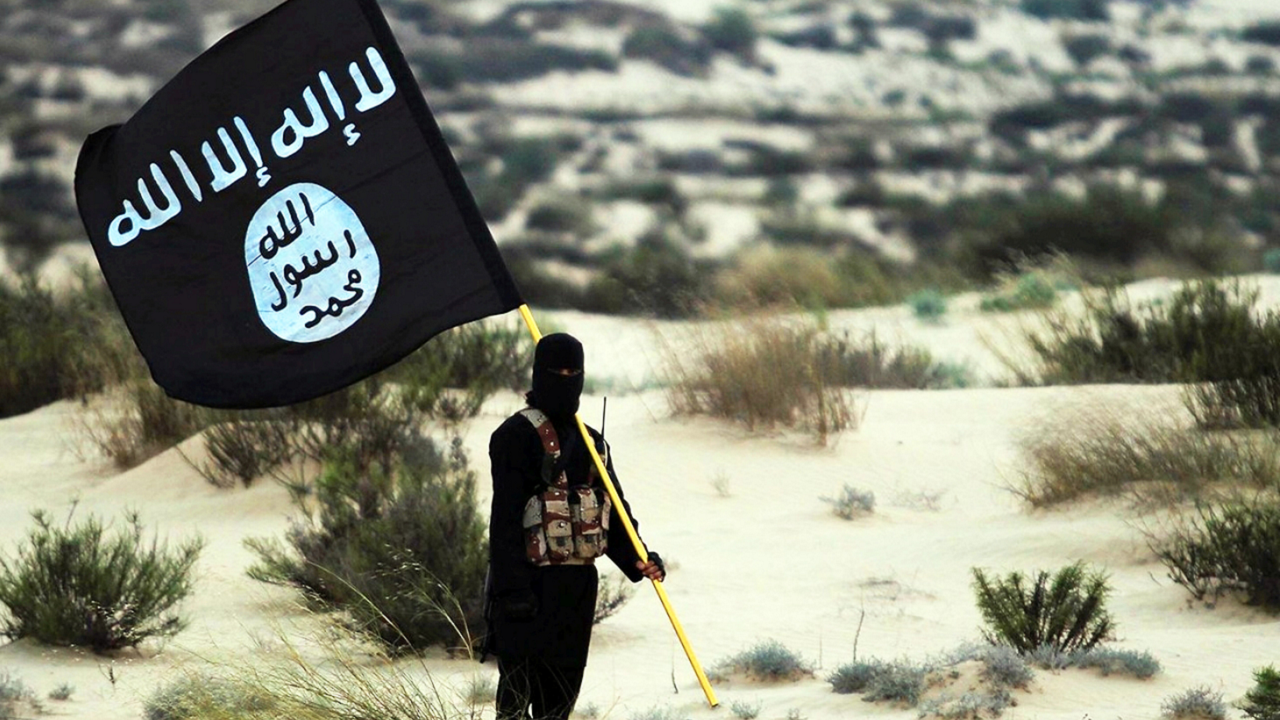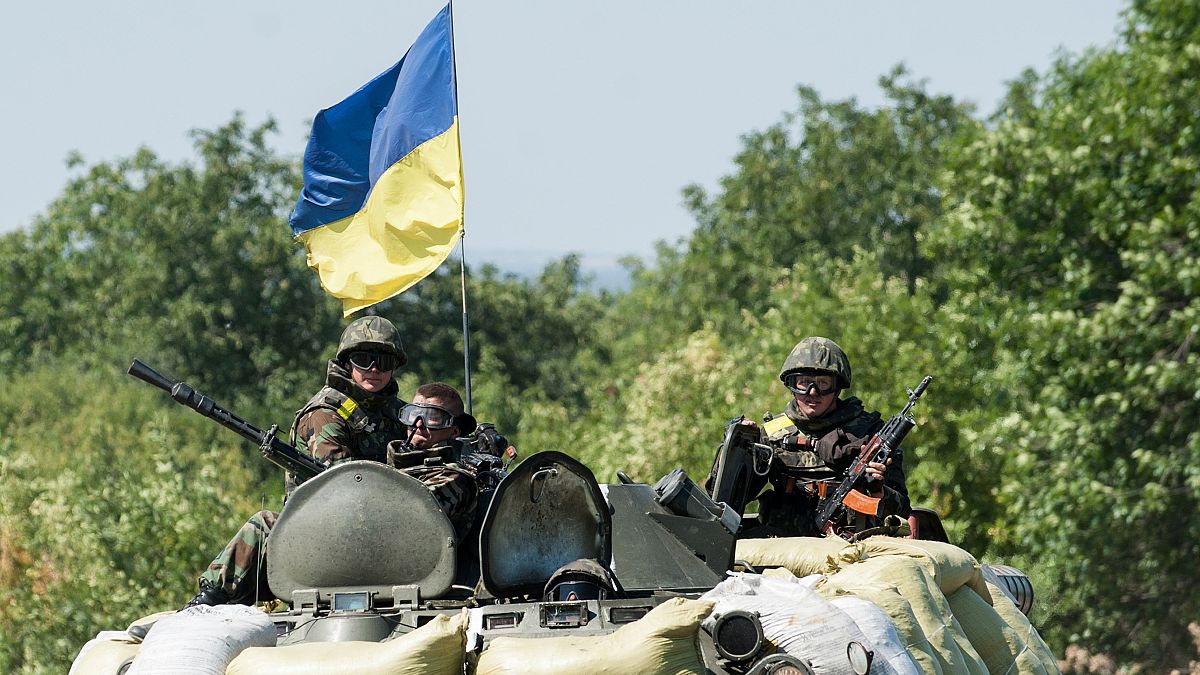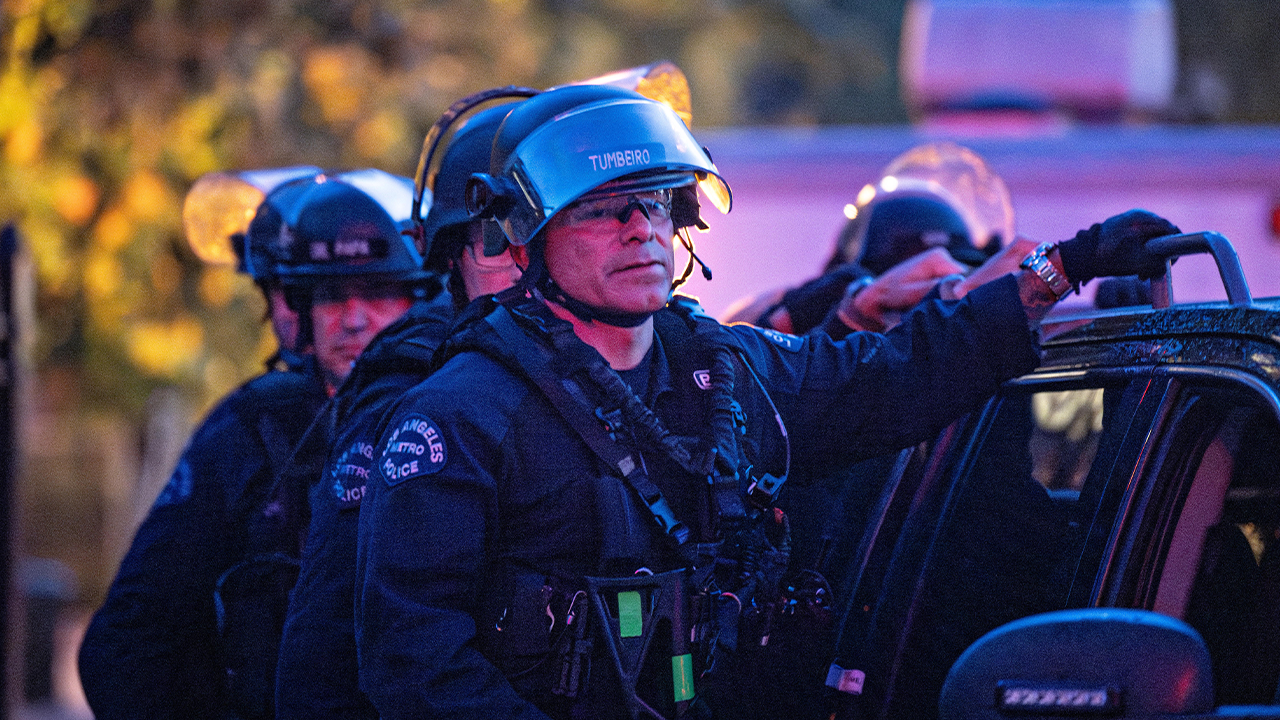World
Will the new year bring a positive change in EU-Turkey relations?

The opinions expressed in this article are those of the author and do not represent in any way the editorial position of Euronews.
In the European corridors of power, people are very well aware that if the necessary reforms are not implemented, 2024 will open another cycle of blame and threats that will poison EU-Turkey relations once again, Christos Kourtelis and Caglar Ozturk write.
A few months before the elections in Turkey in May, the incumbent President Recep Tayyip Erdoğan showed some signs of changing his aggressive tone towards the EU.
He stated that Turkey intended to become a full member of the EU and asked the Union to speed up the process.
However, such statements are not new to the president of Turkey, whose words and actions do not align. For the relationship to develop, a tangible change in the Turkish foreign and domestic policies is very much needed.
Such changes are very urgent, as Turkey’s accession process has been frozen since June 2018.
The positive agenda, launched in October 2020, did not yield serious results, as Turkey was threatening other EU member states with its drilling activities in the Eastern Mediterranean.
The threats from Brussels for sanctions helped to stop the Turkish drilling activities, but since then the discussions only focused on urgent challenges, such as the management of migration flows, the modernisation of the Customs Union (CU) and the visa liberalisation for Turkish citizens.
Is Turkey’s piecemeal approach hindering progress?
A few months ago, in June, to revitalise the positive agenda, the European Council asked the High Representative and the European Commission to prepare a report regarding the current state of the EU-Turkey relations and potential instruments and options to proceed strategically and in a “forward-looking manner”.
The report took into account the pillars of the positive agenda, yet the piecemeal approach of Turkey so far hinders the improvement of the bilateral relations.
More specifically, the fact that Turkey has not managed to meet all the criteria of the roadmap that was prepared alongside the March 2016 EU-Turkey Statement does not help policymakers in the EU to suggest the liberalisation of visas.
Actually, in recent years there has been an increasing rejection of visa applications of Turkish citizens.
It seems that the EU institutions have acknowledged the slow reform process in the candidate country, as the joint communication advises the member states to facilitate access only to specific groups, such as students, entrepreneurs and Turkish citizens with family members in the EU.
Problems in trade rules remain unaddressed
The modernisation of the CU is another important topic in the bilateral relations. Following the European Commission’s request from the World Bank regarding the impact of the modernisation of the Customs Union and the agreement for the migration flows in 2016, the two sides decided to resume discussions about the CU.
The discussions were quickly interrupted due to the Turkish provocations in the East Mediterranean and the barriers that the Turkish government posed to bilateral trade.
The current government promised to address the problems in its trade rules, but the most recent joint communication has linked the modernisation of the CU to the resumption of the Cyprus settlement talks according to the UN auspices.
Given that Turkey advocates a two-state solution, it is very interesting to see if the current government will manage to make a U-turn and how it will communicate a change in its foreign policy (according to the UN mandates) to its domestic audience.
Migration key to Ankara’s credibility
Another important problem is related to the disinterest of Turkey to receive irregular migrants from European countries.
The lame excuse of the potential spread of COVID-19 made the EU-Turkey migration deal dysfunctional and as a result, the Aegean and Balkan routes are now complemented by increasing numbers of migrants passing towards Cyprus.
Turkey ought to respect its commitment to the agreement to increase its credibility as an international negotiator.
At the same time, and as long as Turkey does not act aggressively towards other EU member states, Brussels must also pay more attention to issues which are very critical to the candidate country, such as economic growth, energy and transport.
The invitation to the Turkish ministers to the informal meetings of EU foreign ministers (Gymnich meetings) is a good start to exchange views about common problems in a more structured way.
These discussions will shine a light on whether or not the Turkish side is ready to realign with the CFSP.
Lack of trust and low expectations
2024 is set to demonstrate whether or not the Turkish positive rhetoric is meaningful or if it is another move of the Ankara administration to achieve temporary gains.
The recent visit of Erdoğan to Athens indicated that there is a wind of change, but not many people in Brussels trust the Turkish leader.
The recent joint communication clearly shows that policymakers in the EU do not have high expectations, as Turkey must cover a long reform process.
In the European corridors of power, people are very well aware that if the necessary reforms are not implemented, the new year will open another cycle of blame and threats that will poison EU-Turkey relations once again.
Christos Kourtelis is Assistant Professor in European Public Policy at Panteion University, and Caglar Ozturk is independent researcher in EU-Turkey relations.
At Euronews, we believe all views matter. Contact us at view@euronews.com to send pitches or submissions and be part of the conversation.

World
Minnesota unfurls new state flag atop the capitol for the first time Saturday
ST. PAUL, Minnesota (AP) — Minnesota officially unfurled its new state flag atop the capitol for the first time Saturday on statehood day.
The new flag and accompanying state seal were adopted to replace an old design that Native Americans said reminded them of painful memories of conquest and displacement.
The new symbols eliminate an old state seal that featured the image of a Native American riding off into the sunset while a white settler plows his field with a rifle at the ready. The seal was a key feature of the old flag. That’s why there was pressure to change both.
Officials didn’t pick any of the most popular designs submitted online that included options like a loon — the state bird — with lasers for eyes.
Instead, the new design adopted in December features a dark blue shape resembling Minnesota on the left, with a white, eight-pointed North Star on it. On the right is a light blue field that to those involved in the selection process symbolizes the abundant waters that help define the Land of 10,000 Lakes.
The new state seal features a loon amid wild rice.
World
2 ISIS militants suspected in 2014 massacre of Iraqi soldiers turned over to Baghdad

Syria’s U.S.-backed Kurdish-led force has handed over to Baghdad two Islamic State group militants suspected of involvement in mass killings of Iraqi soldiers in 2014, a war monitor said Friday.
The report by the Syrian Observatory for Human Rights came a day after the Iraqi National Intelligence Service said it had brought back to the country three IS members from outside Iraq. The intelligence service did not provide more details.
The Islamic State group captured an estimated 1,700 Iraqi soldiers after seizing Saddam Hussein’s hometown of Tikrit in 2014. The soldiers were trying to flee from nearby Camp Speicher, a former U.S. base.
ISIS CLAIMS RESPONSIBILITY FOR BOMBING THAT KILLED A DOZEN POLICE OFFICERS IN AFGHANISTAN
Shortly after taking Tikrit, IS posted graphic images of IS militants shooting and killing the soldiers.
Farhad Shami, a spokesman for the Kurdish-led Syrian Democratic Forces, said the U.S.-backed force handed over two IS members to Iraq. It was not immediately clear where Iraqi authorities brought the third suspect from.
A masked Islamic State soldier poses holding the ISIS flag in 2015. (Pictures from History/Universal Images Group via Getty Images)
The 2014 killings, known as the Speicher massacre, sparked outrage across Iraq and partially fueled the mobilization of Shiite militias in the fight against IS, a Sunni extremist group.
Iraq has over the past several years put on trial and later executed dozens of IS members over their involvement in the Speicher massacre.
The Observatory said the two IS members were among 20 captured recently in a joint operation with the U.S.-led coalition in the northern Syrian city of Raqqa, once the capital of the Islamic State group’s self-declared caliphate.
Despite their defeat in Iraq in 2017 and in Syria in March 2019, the extremists sleeper cells are still active and have been carrying out deadly attacks against SDF and Syrian government forces.
Shami said a car rigged with explosives and driven by a suicide attacker tried Friday night to storm a military checkpoint for the Deir el-Zour Military Council, an Arab majority faction that is part of the SDF, in the eastern Syrian village of Shuheil. Shami said that when the guards tried to stop the car, the attacker blew himself up killing three U.S.-backed fighters.
No one immediately claimed responsibility but the attack but it was similar to previous such explosions carried out by IS militants.
The SDF is holding over 10,000 captured IS fighters in around two dozen detention facilities, including 2,000 foreigners whose home countries have refused to repatriate them. The force says fighters of about 60 nationalities had entered Syria years ago and were captured in battle.
Kurdish authorities in northeastern Syria have said they will put on trial IS detainees, though it is not clear when such trials would begin.
World
Hamas says a captive has died of wounds sustained in Israeli air strike

British-Israeli Nadav Popplewell was taken captive from Nirim kibbutz by Palestinian group Hamas on October 7.
Hamas’s armed wing, the Qassam Brigades, has said British-Israeli captive Nadav Popplewell died of wounds sustained in an Israeli air strike a month ago.
The group’s announcement on Saturday came just hours after the Palestinian group released an 11-second video showing Popplewell with a bruised eye.
In the video republished on social media and cited by Israeli news outlets, a man is seen wearing a white T-shirt and he introduces himself as 51-year-old Nadav Popplewell from the Nirim kibbutz in southern Israel.
Superimposed text in Arabic and Hebrew reads: “Time is running out. Your government is lying.”
Popplewell was taken captive in Nirim during the Hamas-led attack on October 7, according to Israel’s Ynet news site. His mother was also taken as a captive but later released during the exchange of captives and prisoners by Hamas and Israel last year. Popplewell’s brother was killed in the attack, Ynet reported.
The video posted on Saturday on the Telegram channel of Hamas’s armed wing is the third time in less than a month the group has released footage of captives held in Gaza.
On April 27, Hamas released a video showing two captives alive – Keith Siegel and Omri Miran. Three days earlier it also broadcast another video showing captive Hersh Goldberg-Polin alive.
The videos come amid growing domestic pressure on the Israeli government to secure the release of the remaining captives.
Reporting from Amman, Al Jazeera’s Stefanie Dekker, said this tactic of releasing videos of captives on a Saturday, when protests take place in Tel Aviv, is a way of pressurising the Israeli government.
“This is what’s been a drip-feed if you will from Hamas. Where, by releasing videos, at times showing hostages dead, they are trying to put pressure on the Israeli government,” she said.
“But this hasn’t really changed the policies of [the Israeli] government.”
On Saturday, the Hostages and Missing Families Forum in Israel released a statement calling on the Israeli government to strike a deal with Hamas in order to secure the release of captives.
“Every sign of life received from the hostages held by Hamas is another cry of distress to the Israeli government and its leaders,” the families’ group said in its statement.
“We don’t have a moment to spare! You must strive to implement a deal that will bring them all back today.”
Relatives of the captives also accused Prime Minister Benjamin Netanyahu of not caring about those being held in Gaza and called on Netanyahu to resign.
“There is no victory and can be no victory without the return of the hostages,” a spokesperson said at a press conference in Tel Aviv on Saturday afternoon.
Despite the immense pressure, Netanyahu and his government have so far failed to strike a deal with Hamas.
Some 1,139 people were killed on October 7 when Hamas and allied fighters attacked southern Israel, and 250 captives were also taken to the Gaza Strip. Israeli officials say 128 of them are still being held in the Palestinian territory, including 36 who are dead.
Israel’s seven-month military campaign in Gaza has so far killed at least 34,971 people and wounded 78,641 others.
-

 News1 week ago
News1 week agoPolice enter UCLA anti-war encampment; Arizona repeals Civil War-era abortion ban
-

 Politics1 week ago
Politics1 week agoThe White House has a new curator. Donna Hayashi Smith is the first Asian American to hold the post
-

 News1 week ago
News1 week agoSome Florida boaters seen on video dumping trash into ocean have been identified, officials say
-
)
) Movie Reviews1 week ago
Movie Reviews1 week agoThe Idea of You Movie Review: Anne Hathaway’s honest performance makes the film stand out in a not so formulaic rom-com
-

 Education1 week ago
Education1 week agoVideo: President Biden Addresses Campus Protests
-

 World1 week ago
World1 week agoUN, EU, US urge Georgia to halt ‘foreign agents’ bill as protests grow
-

 World1 week ago
World1 week agoIn the upcoming European elections, peace and security matter the most
-

 World1 week ago
World1 week agoArizona Senate repeals near-total 1864 abortion ban in divisive vote



















